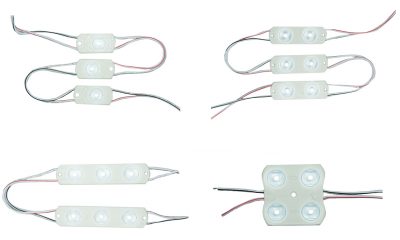Like many of you, I have a Type A personality. I value efficiency, directness and skill. I love to plan and strategize; I can see how those actions improve efficiency over time. But my temptation at the end of a long project isn’t to dive into metrics, but to check a box and keep moving.
Unfortunately, when we complete projects without tracking outcomes, it’s like hiring someone and never offering a performance review; after a while, the new hire becomes performance-blind. So, you need goals. But are your goals smart? If you were working in the ’80s, you might remember George Doran’s mnemonic acronym, SMART, for goalsetting. It goes like this:
S – Specific. Your goal should not be “increasing productivity” or “improving profits,” but rather “finishing 95% of projects by internally set deadline” or “increasing profit 7% in Q1 2018.”
M – Measurable. Avoid qualitative words (better, improved) in favor of quantifiable, trackable entities. Beware: The more difficult the tracking, the less likely you are to do it. If you want to track vinyl waste, can you reasonably record how much material isn’t used during each job?
A – Assignable/Attainable. If your goal is to increase profit by 7%, do market indicators show this is achievable? Is the demand for your products in your geographic region growing or shrinking? Set a sensible goal. Then, be sure that anyone who is responsible for the outcome understands the goal – and how to reach it.
R – Realistic. Many a CFO is tempted to increase revenue goals this year because sales grew last year. Embrace that optimism, but temper it with real-world factors. If you specialize in branding and signage for corporate interiors, but your city’s downtown is shrinking, is it reasonable to expect continued growth? (Hey, Type A’s, here’s the strategy part: Downtown is shrinking. What’s growing? Do your research and come up with new goals.)
Advertisement
T – Time-related. You checked competitors, talked to customers, queried staff members and mixed in your own observations and data from previous quarters. Don’t make the most common mistake: not assigning a timeframe to complete the goal. Especially with hard-to-quantify metrics like staff productivity or customer satisfaction, set a date to reassess. You’d like 30% of customers to be happy enough to refer you to a friend? By when? You’re going to ask shop employees to come to work on time more often? Tell them what counts as a success. (And make sure you celebrate each one!)
Perfectionism, it turns out, is a life-long type of addiction – one many business executives struggle with. In setting and championing goals, you’ll want to be rigid about them. Know that some will need adjustment over time. And that’s OK. Maybe your goal for 2018 can be not to get upset by that (50% of the time, tracked quarterly).



 Tip Sheet4 days ago
Tip Sheet4 days ago
 Business Management2 weeks ago
Business Management2 weeks ago
 Women in Signs2 weeks ago
Women in Signs2 weeks ago
 Real Deal5 days ago
Real Deal5 days ago
 Benchmarks21 hours ago
Benchmarks21 hours ago
 Editor's Note1 week ago
Editor's Note1 week ago
 Line Time2 weeks ago
Line Time2 weeks ago
 Product Buying + Technology1 week ago
Product Buying + Technology1 week ago















